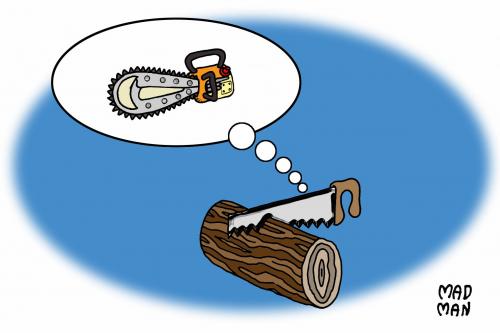Court of Appeal Tightens Leash on Labor Code section 4656
Labor Code section 4600 subsection (e)(1) requires that applicants submitting to examination by a physician shall be paid “one day of temporary disability indemnity for each day of wages lost in submitting to the examination.” Does this trigger the limitation on maximum temporary disability payments under Labor Code section 4656 subsection (c)(1)? In other words, if an applicant with a date of injury anywhere between April 19, 2004 and December 31, 2007 is examined by a physician, does the defendant employer/insurer’s liability for temporary disability payments evaporate two years hence?
Now, I think there is no doubt in anyone’s mind that your humble blogger would not have said “yes,” but “darn tootin’ heck yes!” (This is a family-friendly blog, after all. Asked the same question at happy hour, the same conclusion but different language may have been elicited from this verbose blogger.)
Unfortunately, the Court of Appeal for the Third District issued its opinion on the matter before your humble blogger had a chance to share drinks and reasoning with the judges.
In the case of Meeks Building Center v. Workers’ Compensation Appeals Board (Salem Najjar), the Court of Appeal granted defendant’s petition for a writ of review only to affirm the WCAB’s decision, issuing an opinion that dropped the curtain on yet another maneuver that would have benefited the defense in those cases between 4/2004 and 12/2007.
Applicant sustained an injury in 2007 and continued to work without restrictions. Defendant had applicant evaluated by a qualified medical evaluator and paid him temporary disability for the day of the evaluation. Applicant continued to work but was determined temporarily disabled and restricted from work in 2009. Defendant paid applicant TD until two years from the date of the evaluation.
After an expedited hearing, the workers’ compensation Judge found that defendant was in the right – the first temporary disability payment was on the date of the evaluation, and applicant was out of luck (and TD). Granting applicant’s petition for reconsideration, the WCAB instead found that “the mandated payment for attending a [qualified medical evaluation] exam is not the equivalent of commencing temporary disability payments.”
The reasoning of the Court of Appeal seemed to focus on (1) liberally construing the statutes in favor of granting benefits to the injured worker; and (2) noting that the temporary disability payment owed under section 4600(e)(1) was not related to applicant’s disability or inability to work, thereby making it distinct from those temporary disability payments contemplated by section 4656(c)(1). The single payment of temporary disability under 4600(e)(1) “is not a temporary disability benefit that triggers the cap under section 4656. It is a medical-legal benefit intended to permit the injured worker to recover costs associated with resolving a claim.”
In all fairness, the Court has a point – garden-variety temporary disability payments on one hand and the additional benefit of a TD payment while leaving work to visit the evaluating physician are two different animals.
On the other hand, in drafting both sections, the Legislature had at its disposal lawyers, clerks, and well-read and well-educated minions who draft the language that governs our little world of workers’ compensation. They chose to use the language of temporary disability in both section 4600 and 4656. In interpreting legislative intent, we do have to give some weight to word choice. Otherwise, the words “account shall be taken” should not trigger such cases as Almaraz/Guzman, and the straight AMA Guides should control.
